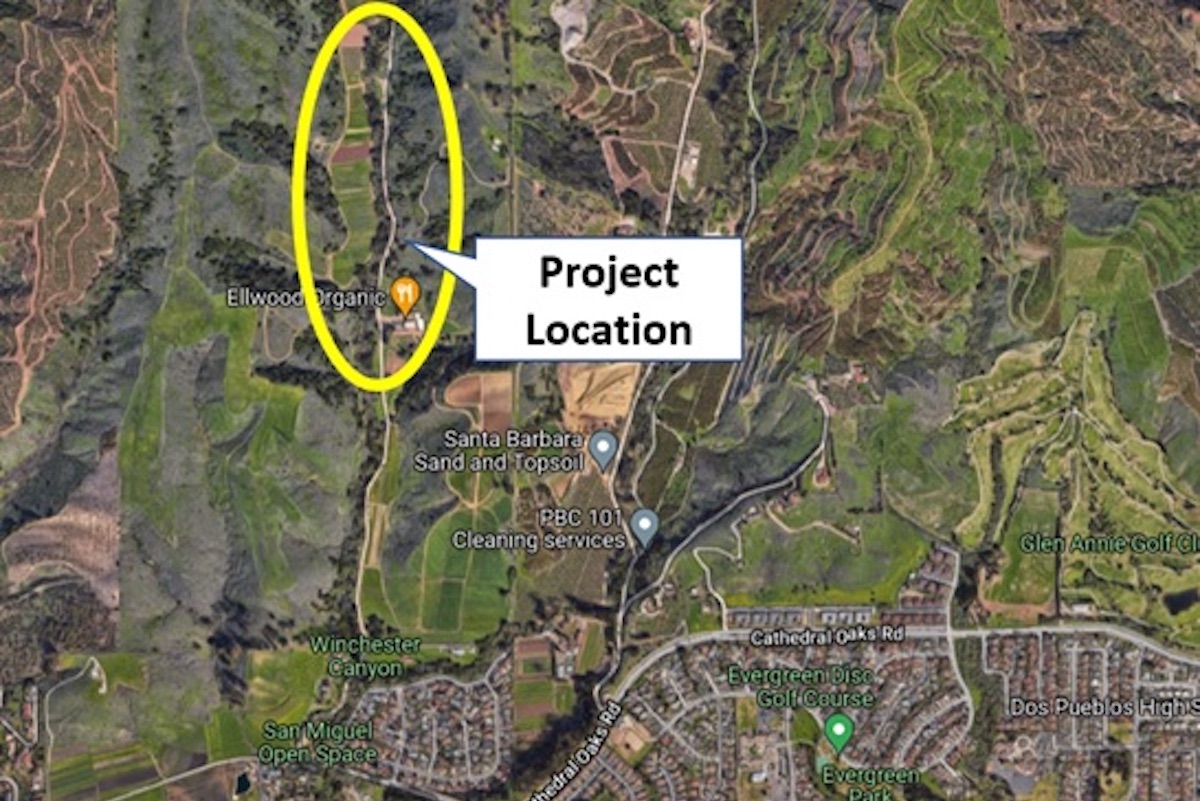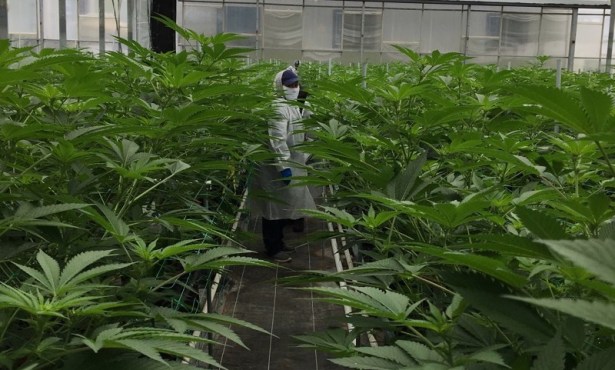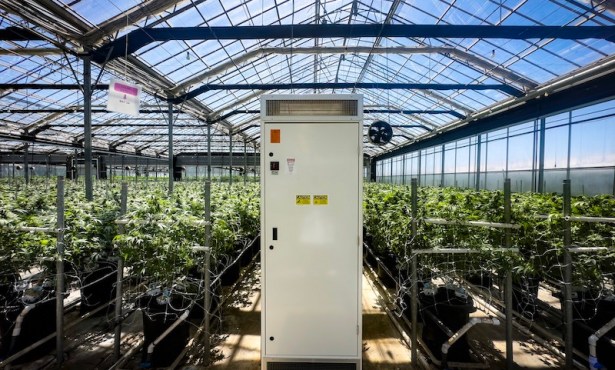Goleta to Appeal Winchester Canyon Cannabis Farm
'White Light Cannabis Cultivation' Proposes 17 Acres of Nursery and Outdoor Grow

Pot plantations envisioned for Winchester Canyon Road raised objections from the City of Goleta in 2019, while the county was finalizing its cannabis rules, with the city advocating for a mile between grows and homes. Now that a cannabis farm just outside city borders has received a county approval, Goleta has signaled its intention to appeal the project.
The applicant, White Light Cannabis Cultivation, plans to plant 17 acres in cannabis at 222 Winchester Canyon Road, both in nurseries and outdoors. The 349-acre property is roughly a half mile from the Winchester Canyon and Winchester Commons neighborhoods along western Cathedral Oaks Road, and it logged complaints for cannabis odor in 2019 and 2020. The canyon is also known for the occasional drift of hydrogen sulfide, a gas that is “extremely flammable” and “highly toxic” and whose “effects can occur even at low concentrations,” said Peter Imhof, the City of Goleta’s Planning Director.
Hydrogen sulfide (H2S) carries a distinctively heavy, rotten-egg smell from the sulfur it contains. Dangerously, the human nose soon adjusts to the smell, which has led to deaths in industrial refineries during accidental releases. The property had permits connected to oil well and gas exploration in the 1980s, and Goleta’s last well-publicized hydrogen sulfide release in 2016 was traced to an agricultural well being drilled in Winchester Canyon. People all the way out to the Ellwood Bluffs, about a mile and a half away, were made ill and reported headache and nausea.
Though White Light has offered to add H2S monitors to the cannabis farm, the city believes monitors are inadequate and that an environmental impact report specific to this property is needed.
Sign up for Indy Today to receive fresh news from Independent.com, in your inbox, every morning.
To accommodate the hundreds of cannabis projects in the pipeline, the county wrote a Programmatic Environmental Impact Report, or PEIR, to cover all of them in prepping its cannabis land-use regulations, which set no buffer between homes and properties zoned AG-II. Imhof observed that the county’s PEIR considered all AG-II parcels to be distant from residential uses; however, he said, “this project is next to an existing and large residential area.” He added that “the continued drought may exacerbate H2S odors with less underground water readily available and a need to pump from deeper sources and/or for longer periods of time.”
In addition to the H2S odor, the project’s odor-abatement plan only addresses its drying and processing buildings, Imhof said. Odors would also come from non-product sources, the city contends, and also the plant nursery and waste storage areas. Traffic impacts were another project feature that were inadequately addressed for this area in the PEIR, he said, which offered only a “boilerplate” condition for transportation demand management.
Discerning who owns what is opaque in the land-use world, as partnerships form, dissolve, and get renamed frequently. The cannabis applicant for the canyon property is Winchester LLC, according to County Planning records. The LLC shares an address with Paul Garrett, a name that appears in the permit record for the property going back to 2003; Garrett is a real estate investor based in Temecula. The applicant, who is represented locally by private land planner Jay Higgins, did not return requests for comment.
Support the Santa Barbara Independent through a long-term or a single contribution.



